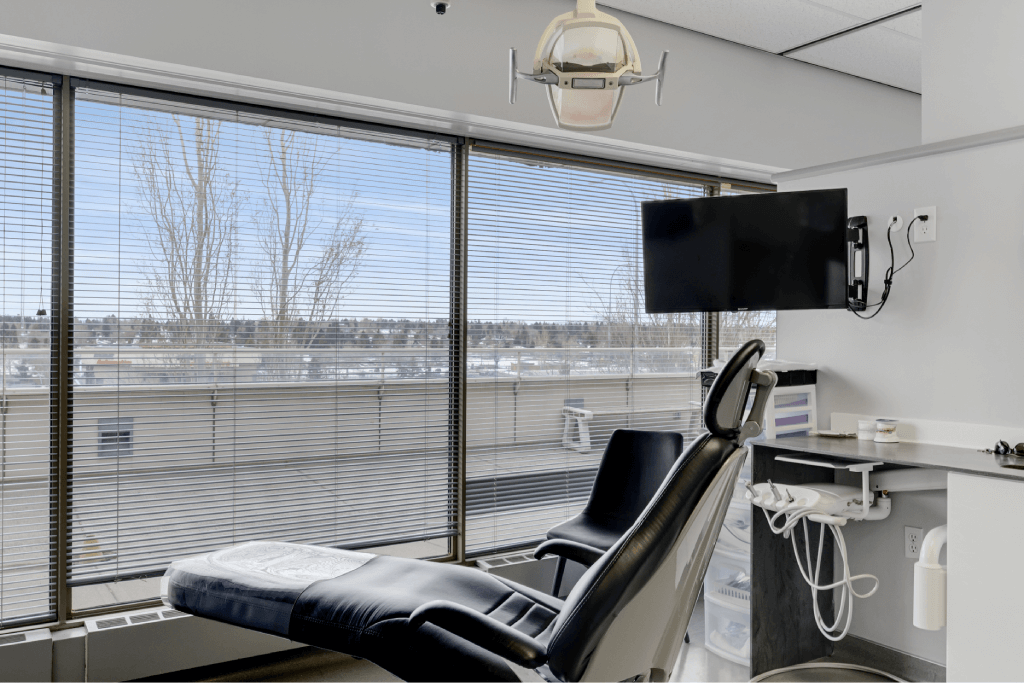Struggling with alcohol addiction can feel isolating, but you’re not alone. In Ontario, thousands seek help every year, and with the right treatment, recovery is possible. The challenge is knowing where to start.
This guide cuts through the confusion, outlining real options for treatment, what to expect, and how to get help now with addiction treatment in Ontario.
Recognizing Alcohol Addiction
Alcohol use disorder (AUD) isn’t about willpower—it’s a medical condition. Some people slip into dependency gradually; others find themselves trapped after a crisis. Either way, spotting the signs early can mean the difference between a quick recovery and a long battle.
Key Warning Signs
Most people picture alcohol addiction as dramatic – losing jobs, DUIs, or hospital visits. But the reality is usually quieter and more insidious. Maybe you notice you’re planning your schedule around drinking opportunities, or that “just one drink” keeps turning into five.
These aren’t moral failings – they’re your brain adapting to alcohol’s grip. The scary part is that these changes happen so gradually you might not even realize it’s happening until you’re in deep. Pay attention if you or someone you know:
- “Just one more” turns into many – Failed attempts to cut back are a red flag.
- Life revolves around drinking – Skipping events without alcohol or planning days around it.
- Withdrawal hits hard – Shaky hands, nausea, or anxiety when sober.
- Excuses pile up – Constant justification for drinking, despite problems.
If this sounds familiar, it’s time to consider professional help. The sooner you act, the better the outcome.
Treatment Options That Actually Work
Ontario’s addiction treatment landscape is diverse, but not all programs are equal. Here’s what’s proven to help—and what to watch for.
1. Detox: The Necessary First Step
Quitting cold turkey can be dangerous. Medical detox provides:
- Safety – Doctors monitor vitals and manage complications (seizures, delirium tremens).
- Medication support – Drugs like benzodiazepines ease withdrawal.
- A bridge to rehab – Detox alone isn’t enough, but it’s critical prep for treatment.
Note: Home detox rarely works. Without supervision, relapse—or worse—is common.
2. Inpatient Rehab: For Serious Cases
Live-in programs (30–90 days) work best for severe addiction or unstable home environments.
Pros:
- Zero access to alcohol.
- Intensive therapy (CBT, trauma counseling, group sessions).
- Structured days rebuild healthy routines.
Cons:
- Cost (though some OHIP-covered beds exist).
- Requires time off work/school.
3. Outpatient Programs: Flexibility for Mild Cases
If responsibilities can’t wait, outpatient care offers:
- Therapy sessions (nights/weekends).
- Real-world practice – Learning to resist triggers at home.
- Lower cost – Often covered by employer benefits.
*Downside? Less accountability. Those with heavy addiction often relapse without 24/7 support.*
4. Aftercare: The Secret to Staying Sober
Rehab isn’t a cure—it’s a reset. Staying sober requires:
- AA or SMART Recovery – Peer support cuts relapse rates in half.
- Sober living homes – Transitional housing for those needing structure.
- Ongoing therapy – Addressing root causes (depression, PTSD).

Picking the Right Program: A Reality Check
Let’s be real – scrolling through rehab center websites can leave anyone confused. They all claim to be the best, the most effective, the “last program you’ll ever need.” But here’s what actually matters: finding real professionals who understand addiction isn’t solved with cookie-cutter approaches.
The good centers won’t make outrageous promises because they know recovery is hard work that looks different for everyone. Here’s how to separate fact from marketing fiction when choosing a program.
Red Flags in Treatment Centers
Not all rehab centers operate with the same standards. Watch out for these warning signs that may indicate subpar care:
- “Guaranteed cure” claims – Addiction is chronic; management is the goal.
- No licensed staff – Counselors should have CASAC or equivalent credentials.
- One-size-fits-all plans – Effective treatment is personalized.
These red flags often indicate programs more interested in profits than patient outcomes.
Questions to Ask During Your Search
Arm yourself with these crucial questions when evaluating treatment options:
- What’s your staff-to-patient ratio? (Under 1:6 is ideal for proper attention)
- Do you use evidence-based therapies? (Look for CBT, MAT, DBT—not just generic “talk therapy”)
- What’s your relapse rate? (If they won’t share stats, walk away.)
The best programs will welcome these questions and provide transparent answers without hesitation.
For properly vetted options that meet these standards, you can get help now with addiction treatment in Ontario. Remember – taking time to research upfront leads to better long-term recovery outcomes.
Why Families Matter (and How to Help Without Enabling)
Loved ones often unintentionally prolong addiction by:
- Covering consequences (Paying bills after a binge? Stop.).
- Ignoring the problem – Hope isn’t a strategy.
Do this instead:
- Set clear boundaries (“No drinking in our home”).
- Attend Al-Anon meetings.
- Support treatment—but don’t force it. Ultimatums backfire.
Breaking Through Excuses Not to Get Help
Common roadblocks—and how to smash them:
- “I can’t afford it.” → Many programs take OHIP or offer sliding-scale fees.
- “I’ll lose my job.” → FMLA protects your position during rehab.
- “Withdrawal scares me.” – Medically supervised detox makes it bearable.
The Bottom Line
Alcohol addiction treatment isn’t magic; it’s work. But with Ontario’s mix of medical detox, inpatient/outpatient care, and strong aftercare, recovery isn’t just possible; it’s probable.
Ready to start? Get help now with addiction treatment in Ontario. Your future self will thank you.









